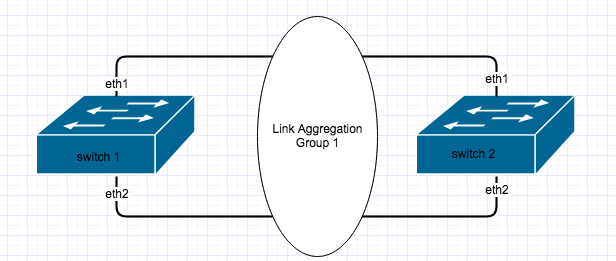This is how to build a Link Aggregation Group on the Ruckus 7150. It is slightly different on the 7250’s.
tpwsw1# conf t
Configure the Link Aggregation Group. There are multiple LAG types and they must match on both sides of the lag, other vendors may use different names for the same thing here are the common ones:
| Ruckus LAG Types |
Other Vendor Types |
| Static |
On |
| Dyanmic |
Active |
Configure a static LAG.
tpwsw1(config)# lag <name-of-the-lag> static id 1
Configure a dynamic LAG.
tpwsw1(config)# lag <name-of-the-lag> dynamic id 1
The LAG ID can be automatically generated and assigned to a LAG using the auto option.
tpwsw1(config)# lag <name-of-the-lag> dynamic id auto
The Link Aggregation Group IDs are unique for each LAG on the switch. The LAG ID can’t be assigned to more than one LAG. If a LAG ID is already used, the CLI will reject the new LAG configuration and display an error message that suggests the next available LAG ID that can be used.
Once the LAG is built you have to add ports to the LAG.
tpwsw1(config-lag-<name-of-the-lag>)# ports ethernet 1/2/7 ethernet 1/2/8


